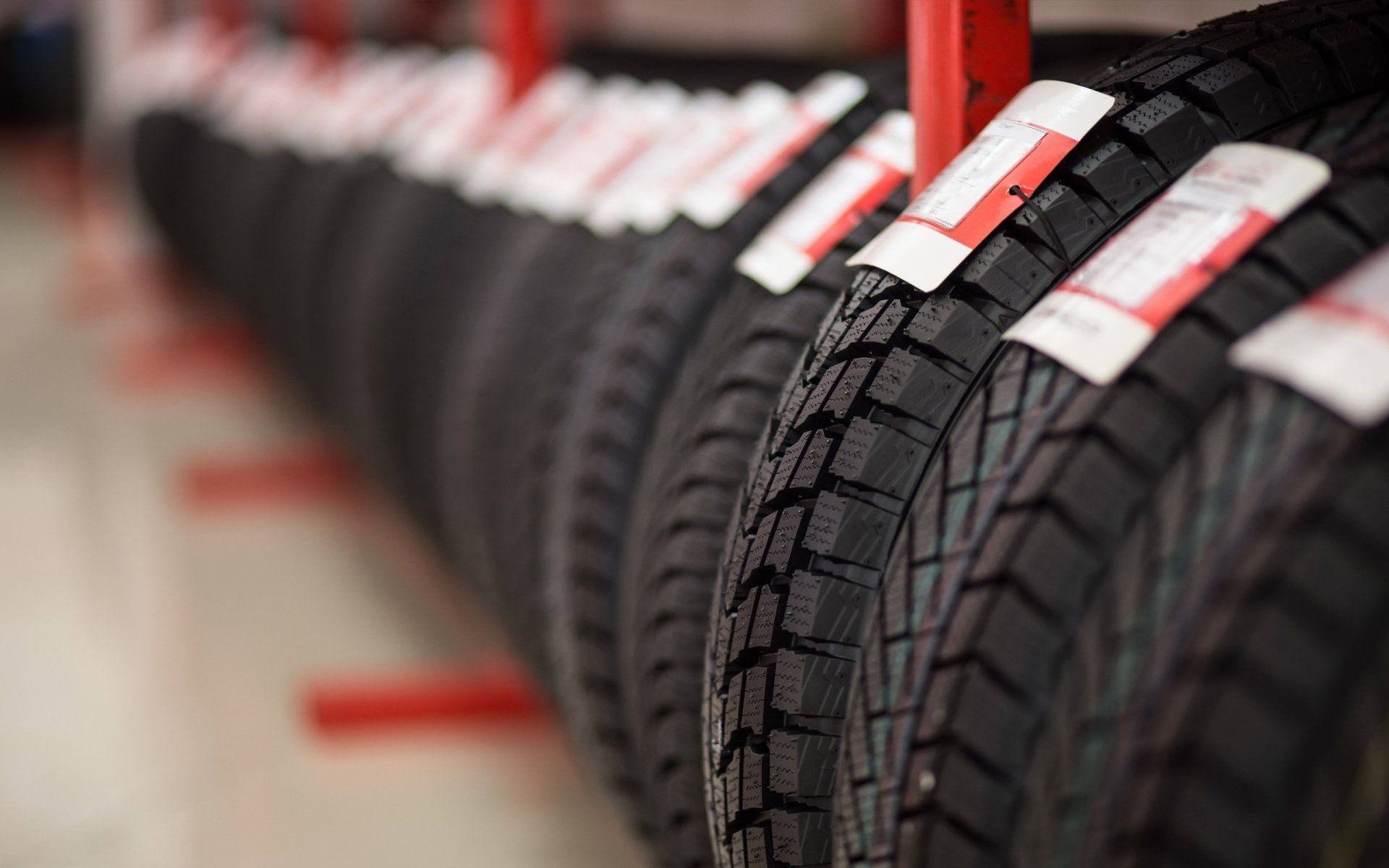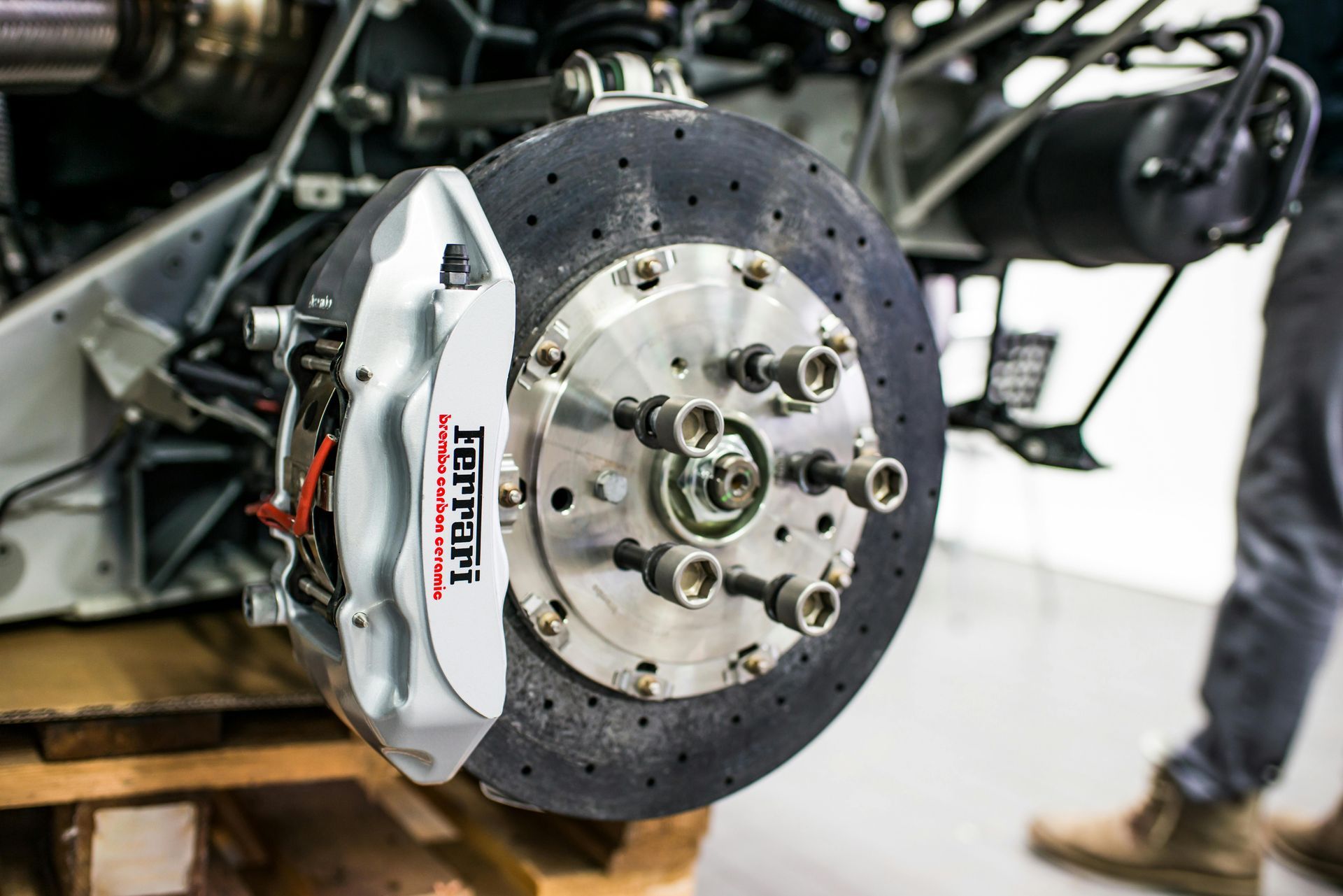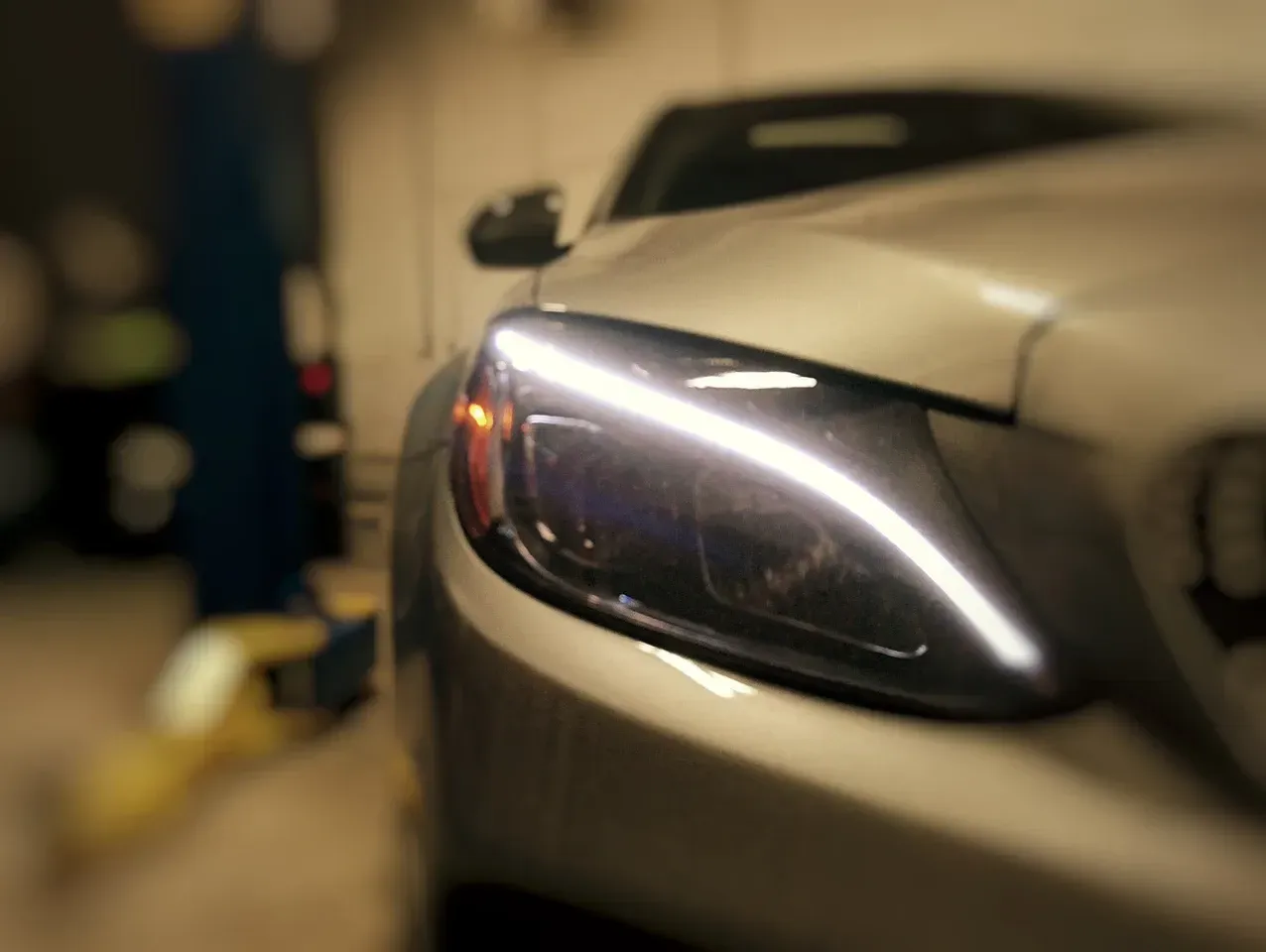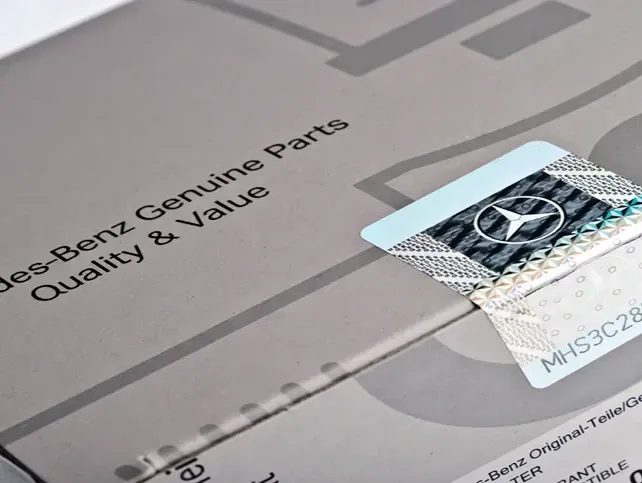Full Hybrid vs. Mild Hybrid vs. Plug-in Hybrid vs. Electric: Key Differences Explained
Rish Bhatia • January 31, 2025
FHEV, MHEV, PHEV, BEV, EV - WHAT do they all mean???
Introduction
In the ever-evolving landscape of the automotive industry, the push towards greener and more efficient driving technologies has given rise to a variety of vehicle options. Among these are full hybrids, mild hybrids, plug-in hybrids, and fully electric vehicles. Each type has unique characteristics, benefits, and terminologies used by different manufacturers. This blog aims to elucidate the key points of each type and the different names they go by.
Full Hybrid Vehicles
A full hybrid vehicle, also known as a hybrid electric vehicle (HEV), combines a gasoline engine with an electric motor to optimize fuel efficiency and reduce emissions. The electric motor can power the vehicle on its own for short distances, work in tandem with the gasoline engine, or recharge the battery through regenerative braking. In terms of driveline operation, full hybrids typically have a complex system that allows seamless switching between the gasoline engine and the electric motor, or even using both simultaneously, depending on the driving conditions. This system enhances fuel economy, especially in stop-and-go traffic.
Key Points:
• Can operate using the gasoline engine, electric motor, or both
• Regenerative braking helps recharge the battery
• Typically offers better fuel efficiency compared to conventional gasoline vehicles
Terms Used by Manufacturers:
• Toyota: Hybrid Synergy Drive
• Ford: Hybrid
• Honda: i-MMD (intelligent Multi-Mode Drive)
Mild Hybrid Vehicles
Mild hybrid vehicles, or mild hybrid electric vehicles (MHEV), incorporate a smaller electric motor that assists the gasoline engine. Unlike full hybrids, mild hybrids cannot run on electric power alone. The electric motor boosts the engine during acceleration and aids with start-stop functionality to enhance fuel efficiency. The driveline of a mild hybrid typically includes a belt-driven starter-generator, which allows the vehicle to shut off the gasoline engine when idling and restart it quickly when needed. This system provides a smoother and more efficient driving experience without the complexity of a full hybrid system.
Key Points:
• Electric motor assists but does not independently power the vehicle
• Improves fuel economy and reduces emissions
• Typically less expensive than full hybrids
Terms Used by Manufacturers:
• Mercedes-Benz: EQ Boost
• Volvo: B5/B6 Mild Hybrid
• Audi: 48V Mild Hybrid
Plug-in Hybrid Vehicles
Plug-in hybrid vehicles (PHEV) feature a larger battery compared to full and mild hybrids, enabling them to drive longer distances on electric power alone. PHEVs can be recharged via an external power source, such as a charging station or standard electrical outlet, providing greater flexibility and reduced reliance on the gasoline engine. The driveline of a plug-in hybrid is designed to maximize the use of electric power, with the gasoline engine stepping in when the battery is depleted or when additional power is needed. This dual capability allows for significant fuel savings and lower emissions, particularly for short commutes and city driving.
Key Points:
• Can drive significant distances on electric power alone
• Requires external charging in some cases
• Offers the benefits of both electric and gasoline engines
Terms Used by Manufacturers:
• Volvo: XC60/XC90 Recharge
• BMW: iPerformance
• Hyundai: Plug-in Hybrid
Fully Electric Vehicles
Fully electric vehicles (EV) rely entirely on electric power, with no gasoline engine. They produce zero emissions and are powered by large batteries that can be recharged using various charging methods. EVs are known for their quiet operation, instant torque, and growing range capabilities as battery technology advances. The driveline of an electric vehicle is relatively simple compared to hybrids, as it consists of an electric motor directly driving the wheels. This simplicity results in fewer moving parts, lower maintenance costs, and a smoother driving experience with immediate acceleration.
Key Points:
• Powered solely by electricity
• Zero emissions and environmentally friendly
• Requires access to charging infrastructure
Terms Used by Manufacturers:
• Tesla: Model S/Model 3/Model X/Model Y
• Nissan: Leaf
• Volkswagen: ID.4
Conclusion
Understanding the differences between full hybrids, mild hybrids, plug-in hybrids, and fully electric vehicles can help consumers make informed decisions based on their driving needs and environmental considerations. Each type offers distinct advantages and terminologies that highlight the innovation and diversity within the automotive industry.
The conventional engine, long the backbone of the automotive industry, offers unmatched reliability and widespread refueling infrastructure. With decades of refinement, these engines deliver robust performance, ease of maintenance, and a familiarity that many drivers appreciate. They are also known for their ability to achieve high speeds and long driving ranges without the need for frequent stops.
Hybrid vehicles, on the other hand, combine the best of both worlds by integrating a conventional engine with an electric motor. This synergy allows for improved fuel efficiency, reduced emissions, and the ability to switch seamlessly between power sources. Hybrids are particularly advantageous in urban settings, where they can utilize electric power for short trips and switch to the gasoline engine for longer distances, thus optimizing fuel consumption.
Mild hybrids take a more subtle approach by using an electric motor to assist the conventional engine rather than driving the vehicle independently. This assistance can enhance fuel economy, reduce emissions, and provide a smoother driving experience by filling in torque gaps and enabling features like start-stop systems. Mild hybrids are often more affordable than full hybrids and do not require significant changes to the driving or refueling habits of consumers.
Plug-in hybrids offer the flexibility of both electric and gasoline power with the added benefit of a larger battery that can be charged externally. This allows for extended electric-only driving ranges, making them ideal for daily commutes and reducing the reliance on gasoline. When the electric range is depleted, the vehicle continues operating as a hybrid, ensuring that drivers are never without power. Plug-in hybrids thus offer a transitional solution for those looking to minimize their carbon footprint without fully committing to an electric vehicle.
Fully electric vehicles represent the pinnacle of environmentally conscious driving, producing zero emissions and offering the quietest and smoothest rides. Powered solely by electricity, they eliminate the need for fossil fuels and significantly reduce air pollution. With advancements in battery technology, electric vehicles now boast impressive ranges and rapid charging capabilities, making them increasingly practical for daily use. The growing network of charging stations further enhances their appeal, positioning electric vehicles as the future of sustainable transportation.
Hydrogen Vehicles - The Future?
Hydrogen vehicles, also known as fuel cell electric vehicles (FCEVs), present a compelling alternative in the quest for sustainable transportation. These vehicles use hydrogen gas to produce electricity through a chemical reaction in a fuel cell, emitting only water vapor as a byproduct.
Advantages of Hydrogen Vehicles
One of the primary advantages of hydrogen vehicles is their environmental friendliness. Since the only emission is water, they contribute significantly to reducing air pollution and greenhouse gas emissions. Additionally, hydrogen vehicles boast fast refueling times comparable to conventional gasoline cars, often taking just 3 to 5 minutes to fill up, which is a considerable advantage over the longer charging times associated with battery electric vehicles (BEVs).
Hydrogen vehicles also offer impressive driving ranges, often exceeding 300 miles on a single tank, making them suitable for long-distance travel without the range anxiety that can accompany BEVs. The performance of hydrogen vehicles is noteworthy as well, delivering smooth and quiet rides with instant torque and acceleration.
Disadvantages of Hydrogen Vehicles
Despite these advantages, there are several challenges associated with hydrogen vehicles. One of the most significant disadvantages is the limited availability of refueling infrastructure. Hydrogen refueling stations are sparse and predominantly located in certain regions, making it challenging for owners to find convenient refueling locations, especially in rural or underserved areas. This lack of infrastructure can hinder the widespread adoption of hydrogen vehicles.
Another drawback is the high cost of production and purchase. Hydrogen vehicles are currently more expensive than their gasoline and electric counterparts due to the complex and costly technology involved in fuel cell production. Additionally, the production and transportation of hydrogen fuel can be energy-intensive and expensive, further adding to the overall cost.
Charging Infrastructure
The infrastructure for hydrogen refueling is still in its infancy, with efforts primarily concentrated in regions like California, Japan, and parts of Europe. Governments and private companies are investing in expanding the network of hydrogen stations, but it remains limited compared to the rapidly growing infrastructure for electric vehicle charging. The development of more hydrogen refueling stations is crucial for the broader adoption of hydrogen vehicles and will require significant investment and collaboration between the public and private sectors.
In conclusion, while hydrogen vehicles offer numerous environmental and performance benefits, the current market presents challenges in terms of infrastructure and cost. Continued advancements in technology and infrastructure development will be key to making hydrogen vehicles a more viable and attractive option for consumers in the future.

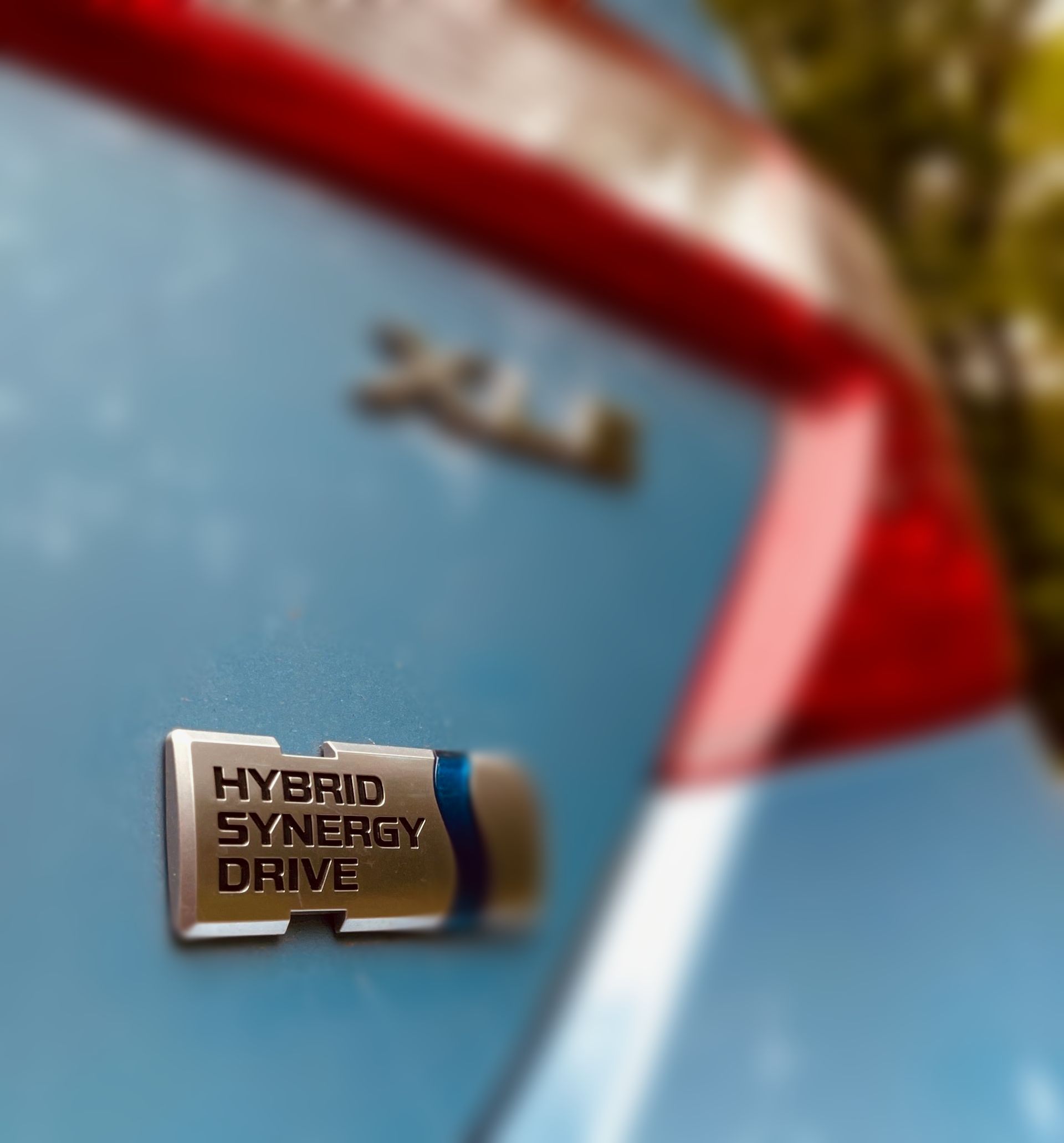
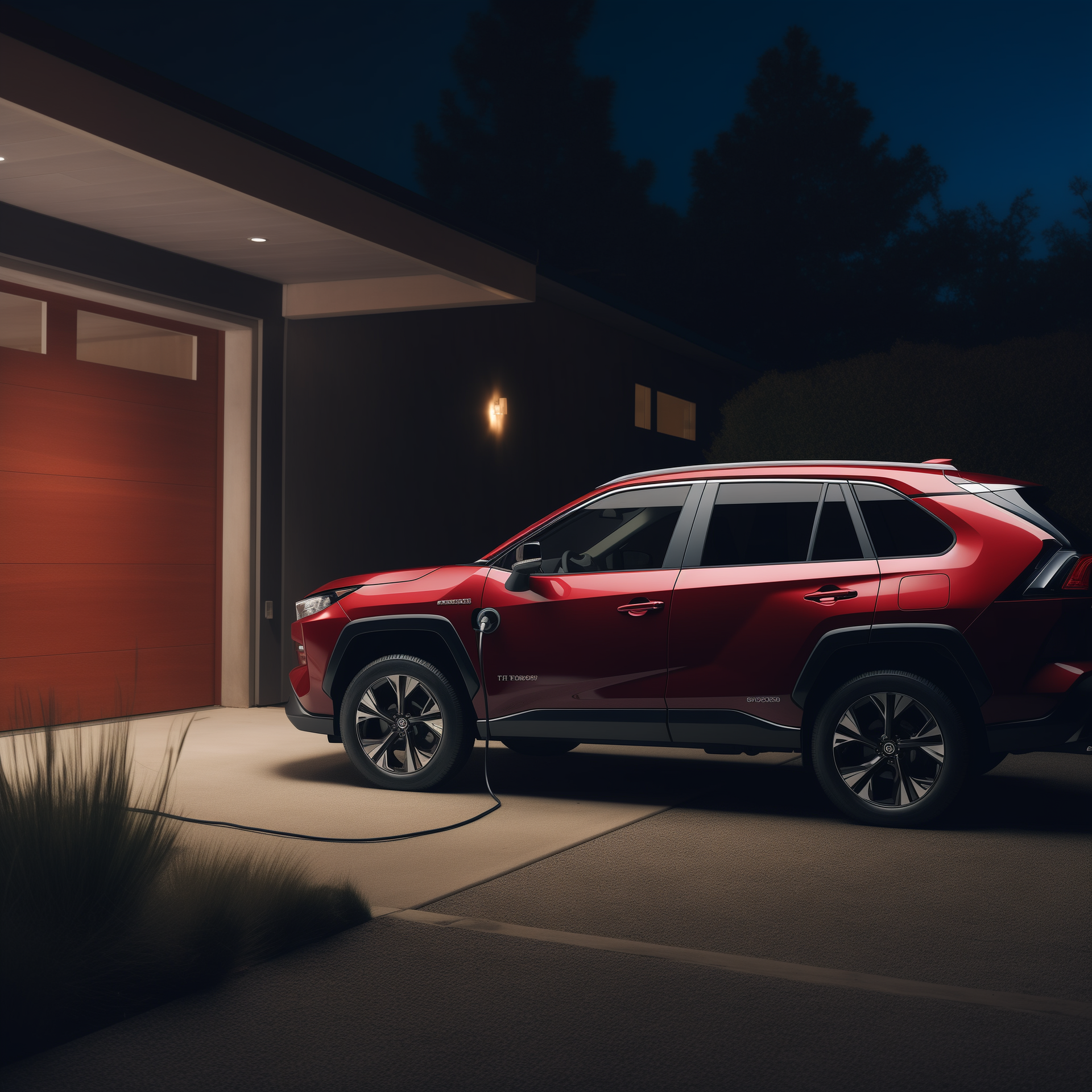
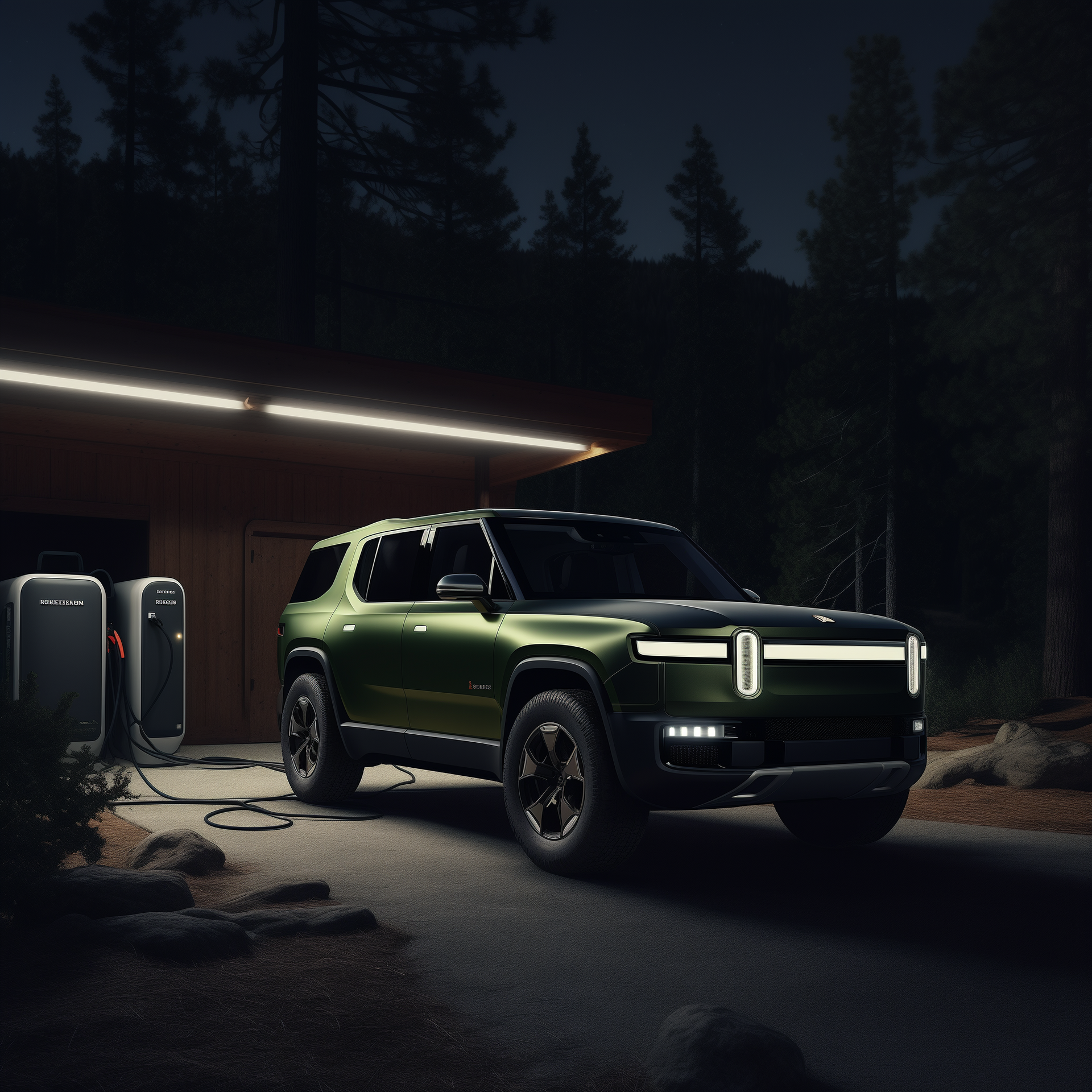
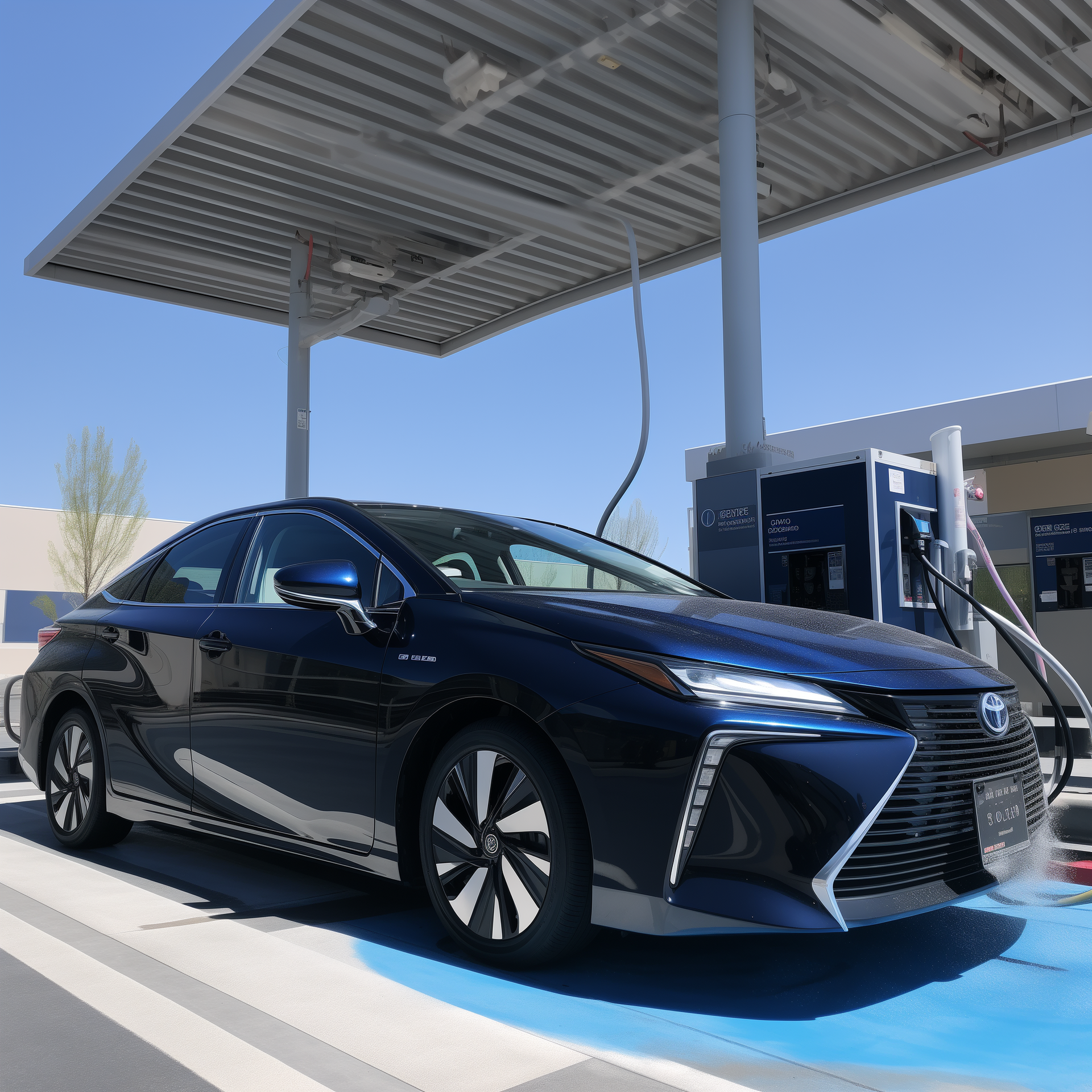
Discover expert automotive diagnostics at Mecano Autoworks in Mississauga, ON. Enhance vehicle health today. Schedule an online appointment now.
Explore top-tier electrical services at Mecano Autoworks in Mississauga. Ensure your vehicle's electrical system is performing optimally. Visit us today!
Enhance your vehicle's performance with Mecano Autoworks' specialized fluid services in Mississauga, ON. Schedule an online appointment now!
Discover expert auto air conditioning services at Mecano Autoworks in Mississauga. Stay cool and comfortable on the road. Schedule an appointment today!

Introduction Toronto, Ontario, is known for its beautiful, diverse seasons, but with these come some of the most challenging weather conditions for automobile owners. From the harsh, salt-laden winters to the humid, rainy summers, cars in Toronto and surrounding areas face a relentless battle against rust. Traditional methods of rust removal can be tedious, costly, and often temporary solutions. Enter laser rust cleaning—a revolutionary technology that promises long-term benefits for automotive maintenance in adverse weather conditions. Understanding Laser Rust Cleaning Laser rust cleaning, or laser rust removal, is a process that uses high-powered laser beams to remove rust and other contaminants from metal surfaces. This method offers a non-contact, non-abrasive solution, making it highly efficient and precise. The technology works by directing a focused laser beam onto the rusted area, causing the rust to vaporize through rapid heating. This leaves the underlying metal intact and clean. How It Works The process involves the following steps: • Preparation: The vehicle is prepared, and the areas affected by rust are identified. • Laser Application: A laser cleaning machine is used to direct the laser beams precisely onto the rusted surfaces. • Rust Removal: The laser energy causes the rust to heat up and vaporize, effectively removing it without damaging the metal underneath. • Final Inspection: The treated areas are inspected to ensure all rust has been removed and the surface is smooth. Advantages of Laser Rust Cleaning Laser rust cleaning offers numerous benefits over traditional methods such as sandblasting or chemical treatments. Here are some key advantages: 1. Precision and Efficiency Laser rust cleaning is highly precise, allowing for the targeted removal of rust without affecting surrounding areas. This precision reduces the risk of damage to the car's body and ensures that only the rusted portions are treated. The efficiency of the process also means that it can be completed in a shorter timeframe compared to traditional methods. 2. Environmentally Friendly Unlike chemical rust removers, which can release harmful substances into the environment, laser rust cleaning is a clean, eco-friendly process. It does not involve the use of any chemicals or abrasives, reducing the environmental footprint. 3. Cost-Effective in the Long Run While the initial investment in laser rust cleaning may be higher than traditional methods, the long-term benefits make it cost-effective. The process provides a more permanent solution to rust problems, reducing the need for frequent treatments and repairs. This longevity translates to savings for vehicle owners over time. 4. Non-Invasive and Safe Because it is a non-contact method, laser rust cleaning does not cause abrasion or wear on the metal surface. This characteristic makes it a safer option for delicate parts of the vehicle. Additionally, it minimizes the risk of health hazards for technicians, as it does not produce harmful dust or fumes. Long-Term Benefits in Adverse Weather Conditions Toronto's weather conditions can be particularly harsh on automobiles, making rust prevention and treatment crucial for vehicle longevity. Here's how laser rust cleaning proves beneficial in such environments: 1. Durability Against Salt and Moisture During Toronto's winter months, roads are often treated with salt to prevent ice formation. While effective for road safety, this salt is highly corrosive to vehicle metal surfaces. Laser rust cleaning provides a thorough removal of rust and a clean surface that can be effectively treated with protective coatings, enhancing durability against salt and moisture. 2. Enhanced Protection from Humidity Summers in Toronto can be humid, leading to increased moisture levels that contribute to rust formation. By removing all traces of rust and properly treating the cleaned areas, laser rust cleaning helps in protecting the vehicle's metal surfaces from the adverse effects of humidity. 3. Improved Structural Integrity Rust can significantly weaken the structural integrity of a vehicle over time. By eliminating rust at its root, laser rust cleaning helps maintain the strength and reliability of the car's body, ensuring it remains safe and roadworthy. 4. Aesthetic Appeal In addition to its functional benefits, laser rust cleaning also enhances the aesthetic appeal of a vehicle. Rust can be an eyesore, detracting from the overall appearance of the car. With laser rust cleaning, cars can be restored to their original, pristine condition, which is particularly beneficial for collectors and enthusiasts who take pride in their vehicle's appearance. Conclusion Laser rust cleaning represents a significant advancement in automotive maintenance, offering a superior alternative to traditional rust removal methods. Its precision, efficiency, environmental benefits, and long-term cost-effectiveness make it an ideal solution for car owners in Toronto and other regions with adverse weather conditions. By investing in laser rust cleaning, vehicle owners can ensure their cars remain in optimal condition, withstand harsh weather, and enjoy a longer lifespan. As technology continues to evolve, it is likely that laser rust cleaning will become a standard practice in the automotive industry, setting new benchmarks for maintenance and care.



